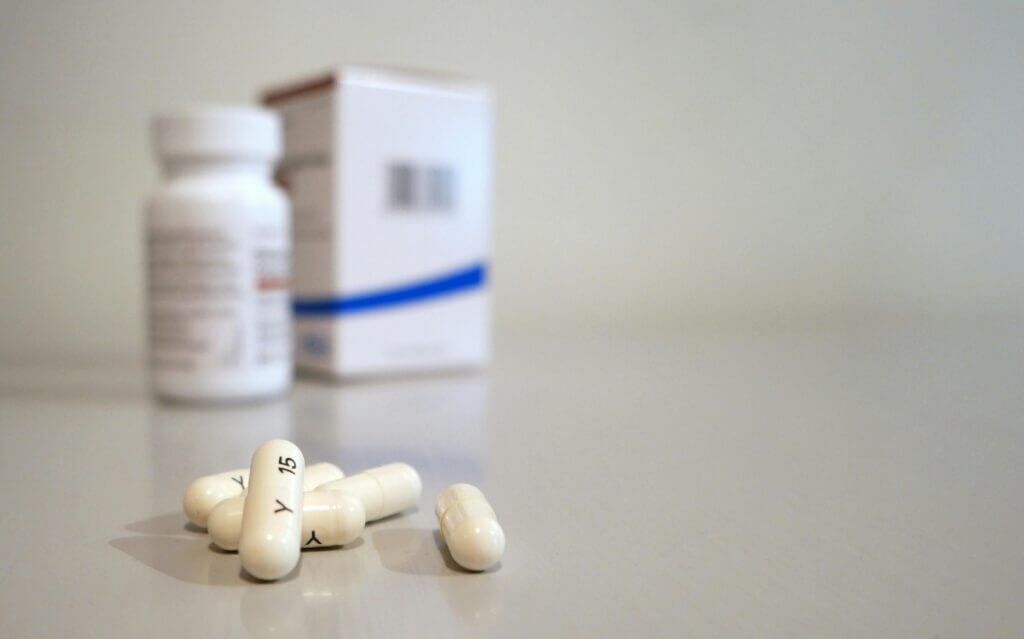Introduction
Public health concerns—especially disease outbreaks and medication shortages—have become increasingly urgent in 2025. With fragile supply chains and emerging diseases, communities are facing major challenges.
This article explores key health threats, causes behind the medicine supply crisis, and steps we can take to stay prepared.


Current Disease Outbreaks: What You Need to Know
Measles Surge in Cities
After decades of control, measles is making a comeback. In 2025, cases are up 40% from last year, especially in areas with declining vaccination rates.
Avian Flu Outbreaks
Bird flu (H5N1) continues to affect poultry farms and has sporadically jumped to humans, raising alarms about pandemic potential.
Respiratory Illness Resurgence
RSV, influenza, and novel cold viruses are overwhelming emergency rooms. These viruses are hitting out of season and with more severity than usual.
Tick-Borne Diseases Expanding
Diseases like Lyme disease and Powassan virus are increasing, especially in warmer northern states due to changing tick habitats.
Why Medication Shortages Are Rising
Global Supply Chain Failures
Most medications rely on ingredients from India, China, and other manufacturing hubs. Factory closures and raw material delays are causing long-term ripple effects.
Spike in Demand
Outbreaks raise the need for antivirals, antibiotics, and vaccines. When governments stockpile, hospitals struggle to meet demand.
Market & Manufacturing Challenges
Low-profit generics are often discontinued by companies. With few manufacturers, even a single production delay creates shortages.
Regulatory Delays
Factory inspections and certifications take time. Any issues can lead to shutdowns and months of FDA-related delays.


Impact on Patients and Healthcare Systems
- Delayed Treatments: Cancer drugs, anesthesia, and antibiotics may be rationed.
- Higher Costs: Prices spike when supply drops, and not all patients are covered.
- Worse Outcomes: Some conditions worsen without timely treatment.
- Loss of Trust: Repeated shortages erode public confidence in the system.
Read Home comfort and wellness | Stress During Pandemic Lock Down
Solutions & Preventive Measures
Improve Disease Surveillance
- Invest in early-warning systems
- Expand data-sharing across global health networks
- Monitor wastewater and genetic sequencing
Build Stronger Drug Supply Chains
- Encourage domestic manufacturing
- Offer incentives for generic drug production
- Create multi-supplier contracts for key drugs
Stockpile Smartly
- Rotate emergency drug stockpiles regularly
- Train hospitals on inventory forecasting
Modernize Regulation
- Streamline FDA approvals in crisis situations
- Approve backup manufacturers quickly during shortages
Educate the Public
- Launch vaccine confidence campaigns
- Promote hygiene and self-care during outbreaks
- Combat misinformation early and effectively
Read: Food with low carbs | Carb Cycle | Home workout exercise – stay fit
What You Can Do as an Individual
- Stay up to date on vaccines like measles, RSV, and flu
- Keep 30-60 days of critical medications on hand
- Set pharmacy alerts for backorders and refills
- Practice hygiene and encourage others to do the same
- Create a basic health emergency kit (thermometer, OTC meds, sanitizer)


Future Outlook
The world is more interconnected—and vulnerable—than ever. But with smarter planning, informed public action, and stronger policy, we can meet these public health threats head-on.
Let’s advocate for systems that deliver not just medicine, but also preparedness, prevention, and public trust.
In conclusion, the rise in disease outbreaks and medication shortages underscores the fragility of our current public health systems. These challenges are not isolated events—they are interconnected issues requiring global coordination, stronger infrastructure, and informed communities. By investing in prevention, improving drug supply resilience, and encouraging public education, we can reduce health risks and build a more secure future. Staying proactive, informed, and engaged is not just the responsibility of policymakers—it starts with each of us.
Read : LOW CARB FOODS WITH HIGH PROTEIN | YOGA POSES FOR BEGINNERS | A BEGINNER’S GUIDE | What Is Depression? | How Can You Make Your Life Beautiful?